Have you ever wondered how Artificial Intelligence (AI) revolutionizes the healthcare industry? As technology continues to advance, AI applications in healthcare have become more prevalent.
From disease diagnosis and drug development to personalized treatment plans and remote patient monitoring, AI is very useful in healthcare.
In this blog post, we will explore the top 15 real-world AI applications in healthcare. Let’s explore!
Table of Contents
- 1. Medical Imaging and Radiology
- 2. Drug Discovery and Development
- 3. Virtual Assistants and Chatbots
- 4. Robotic Surgery
- 5. Clinical Decision Support Systems
- 6. Predictive Analytics and Risk Assessment
- 7. Wearable Devices and Remote Patient Monitoring
- 8. Mental Health Support
- 9. Electronic Health Records (EHR) Management
- 10. Medical Research and Clinical Trials
- 11. Personalized Medicine
- 12. Medical Training and Education
- 13. Telehealth and Remote Consultations
- 14. Medical Scheduling and Workflow Optimization
- 15. Health Data Analytics and Population Health Management
- Conclusion
1. Medical Imaging and Radiology

AI algorithms are transforming medical imaging by assisting radiologists in detecting and diagnosing diseases from various imaging modalities.
These AI systems can analyze images with high accuracy, identifying abnormalities that may be difficult for human experts to spot.
This technology improves diagnostic accuracy and efficiency, leading to earlier detection and better patient outcomes.
Real-world examples:
- Stanford’s AI system can detect brain aneurysms from CT scans with high accuracy.
- MIT and Harvard’s AI model can detect breast cancer from mammograms as reliably as experienced radiologists.
2. Drug Discovery and Development

The drug development process is time-consuming and costly. AI is accelerating this process by analyzing vast data from genomic databases, clinical trials, and scientific literature.
AI algorithms can identify potential drug candidates and predict their efficacy and safety. This enables optimization of the overall drug development process, saving time and resources.
Real-world examples:
- Atomwise used AI to identify existing drugs that could treat Ebola.
- Pfizer uses AI to analyze data and find promising drug compounds for cancer treatment.
3. Virtual Assistants and Chatbots
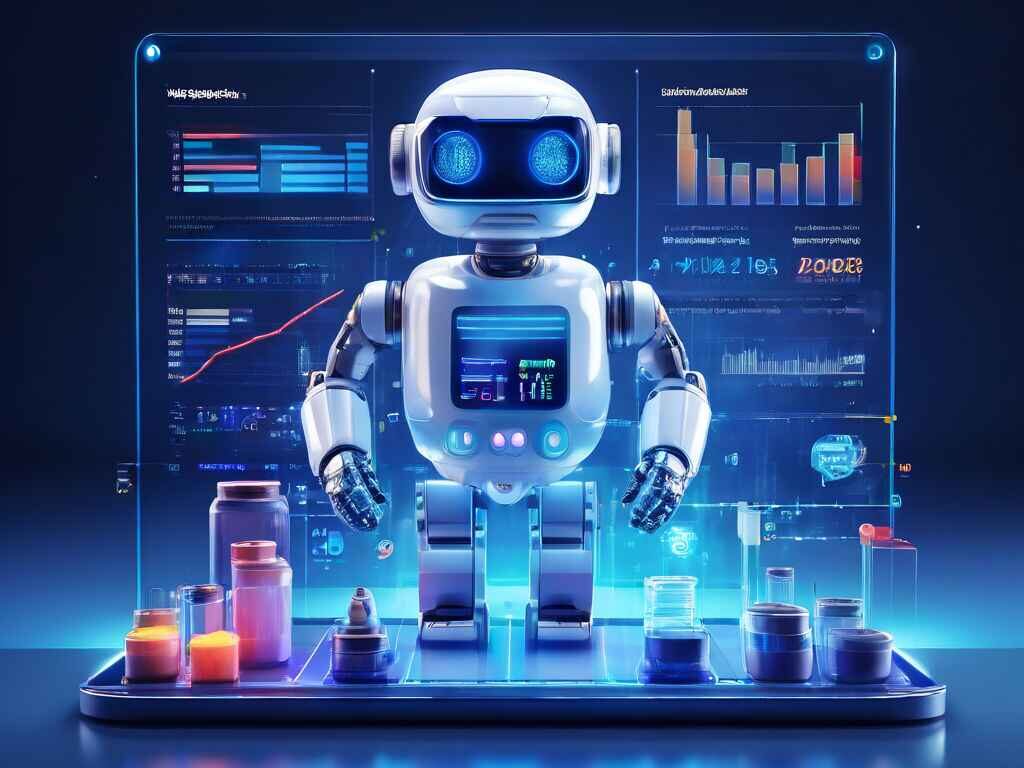
AI-powered virtual assistants and chatbots are becoming common in healthcare. These systems provide medical advice, answer patient queries, and assist with triage and appointment scheduling.
By understanding natural language and analyzing symptoms, they offer reliable information to patients, reducing the burden on healthcare staff and improving access to guidance.
Real-world examples:
- Babylon Health app uses AI for virtual consultations and triage in the UK.
- Sensely’s AI chatbot “Molly” converses with patients, understands symptoms and provides personalized advice.
4. Robotic Surgery

AI-enabled surgical robots can perform complex procedures with incredible precision, minimizing invasiveness. These robots assist surgeons during intricate operations, enhancing their dexterity.
They provide real-time guidance based on patient data and surgical best practices, reducing the risk of complications.
Real-world examples:
- The da Vinci Surgical System uses AI and robotic assistance for minimally invasive surgeries.
- The Smart Tissue Autonomous Robot (STAR) can perform precise, minimally invasive surgery without human assistance.
5. Clinical Decision Support Systems
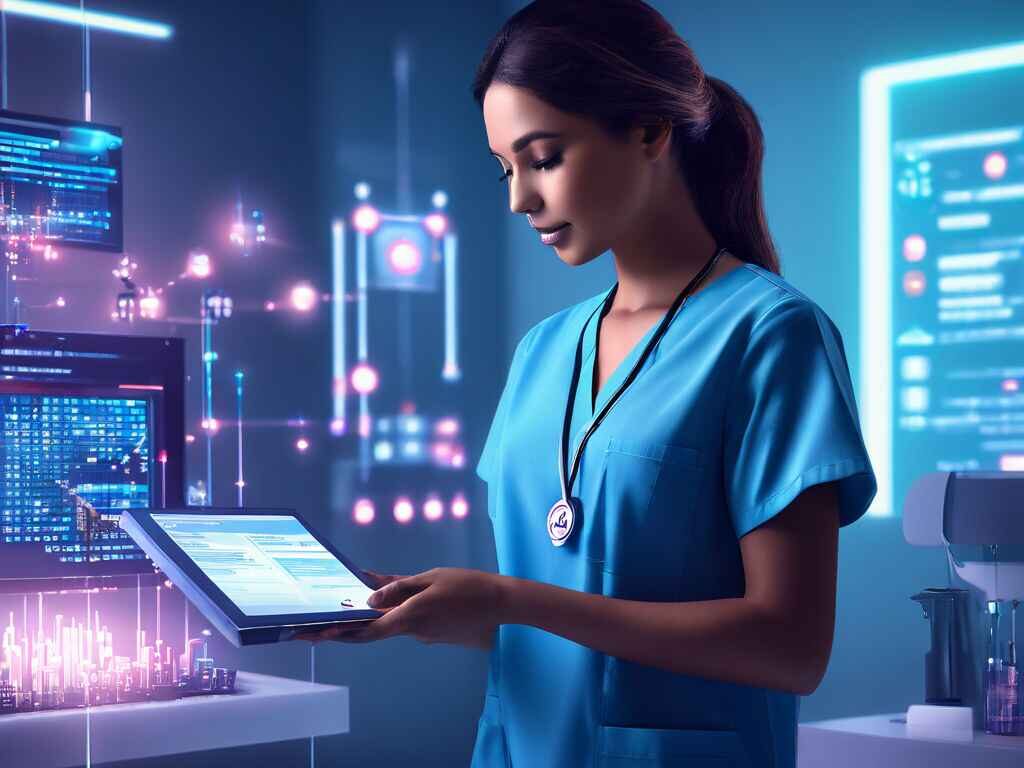
AI-powered clinical decision support systems (CDSS) analyze patient data, medical records, and other relevant information. They provide diagnostic and treatment recommendations to healthcare professionals.
These systems can identify patterns and correlations that may be overlooked, improving the accuracy of diagnoses and treatment plans.
Real-world examples:
- IBM Watson for Health analyzes data to provide evidence-based treatment options.
- The Medial EarlySign system uses AI to identify high-risk patients and suggest preventive interventions.
6. Predictive Analytics and Risk Assessment

AI excels at analyzing large datasets and identifying patterns for predictive analytics and risk assessment in healthcare.
By processing patient data and medical histories, AI can predict the likelihood of developing certain conditions.
This enables early intervention and preventive care, improving patient outcomes and reducing healthcare costs.
Real-world examples:
- Researchers at MIT developed an AI model that can predict the risk of breast cancer up to 5 years before onset.
- The Deep Genomics AI platform can identify genetic mutations that may lead to life-threatening conditions.
7. Wearable Devices and Remote Patient Monitoring

AI-powered wearable devices and remote monitoring systems can track vital signs, physical activity, and other health data. This enables continuous monitoring of patients, even outside of clinical settings.
Early detection of health issues becomes possible, allowing for timely interventions and reducing hospital visits.
Real-world examples:
- The Apple Watch can detect irregular heart rhythms and alert users to potential health issues.
- AiCure’s AI visually confirms medication ingestion through smartphone cameras for remote patient monitoring.
8. Mental Health Support

AI is being used to provide virtual therapy and counseling for mental health support. These systems can analyze emotional states, language patterns, and behaviors to offer personalized support and guidance.
This improves access to mental healthcare, especially in areas with limited resources.
Real-world examples:
- Woebot is an AI-powered chatbot that provides cognitive-behavioral therapy for anxiety and depression.
- Talkspace offers online therapy with AI-assisted matching of patients with licensed therapists.
9. Electronic Health Records (EHR) Management

AI systems are being used to organize and analyze patient data in electronic health records (EHRs). These systems can identify patterns, extract relevant information, and reduce errors in data entry and management.
This improves efficiency, reduces healthcare costs, and ensures accurate and up-to-date patient records.
Real-world examples:
- Google’s AI system can seamlessly extract relevant information from EHRs for data analysis.
- Optum’s AI platform helps healthcare providers manage EHRs and identify potential gaps in care.
10. Medical Research and Clinical Trials
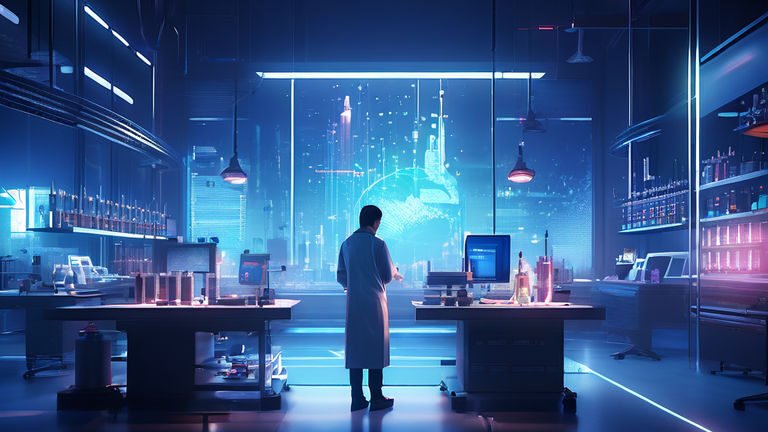
AI plays a significant role in medical research and clinical trials by analyzing large datasets and identifying patterns.
This can lead to new insights, accelerate research, and improve the design and execution of clinical trials. AI can also help identify suitable candidates for trials and monitor their progress more effectively.
Real-world examples:
- Researchers at Stanford used AI to analyze skin lesion images and identify new categories of disease.
- The Mendel.ai platform uses AI to optimize clinical trial design and patient recruitment.
11. Personalized Medicine

AI enables personalized medicine by tailoring treatment plans based on individual patient characteristics, such as genetic makeup, medical history, and lifestyle factors.
This approach improves treatment outcomes and reduces the risk of adverse side effects. AI can analyze vast amounts of data to identify the most effective treatment options for each patient.
Real-world examples:
- The Tempus platform uses AI to analyze molecular data and provide personalized treatment recommendations for cancer patients.
- DreaMDRx is an AI system that suggests personalized drug combinations for individual patients based on their genetic profiles.
12. Medical Training and Education
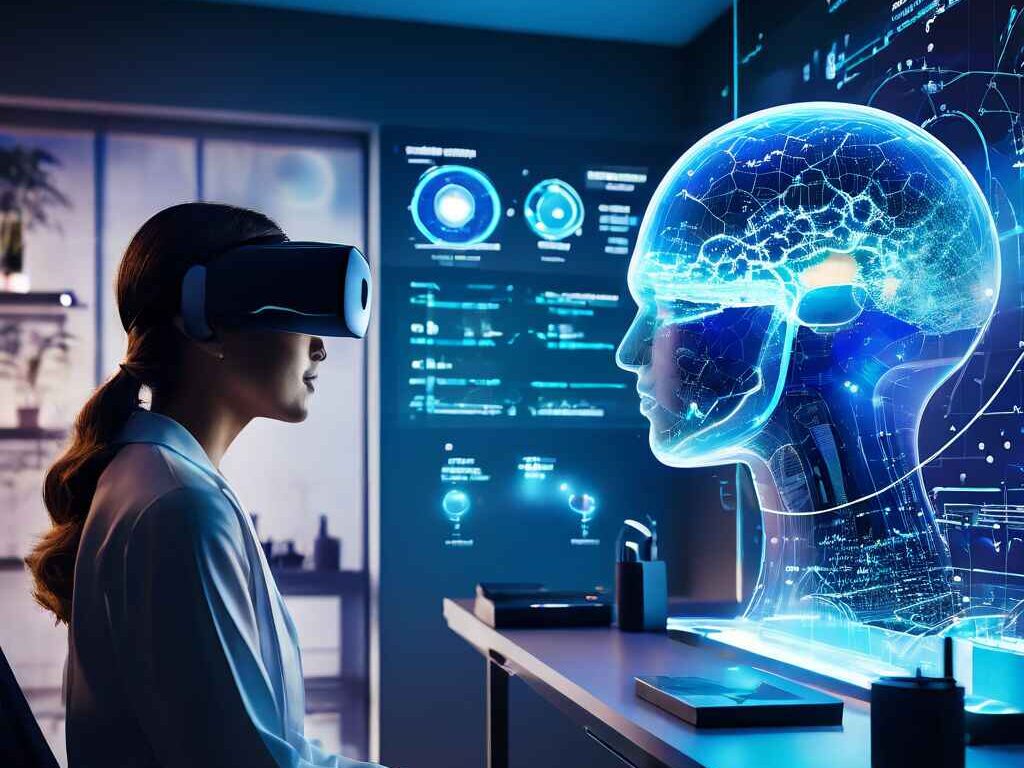
AI is revolutionizing medical training and education through virtual reality simulations and intelligent tutoring systems. These technologies provide immersive and realistic training environments for medical students and healthcare professionals.
AI can also analyze performance data and provide personalized feedback for skill development.
Real-world examples:
- The HoloLens mixed reality system from Microsoft allows medical students to practice surgical procedures in a virtual environment.
- The AI-powered Personalized Adaptive Instructional System (PAIS) provides personalized feedback to medical students based on their learning patterns.
13. Telehealth and Remote Consultations
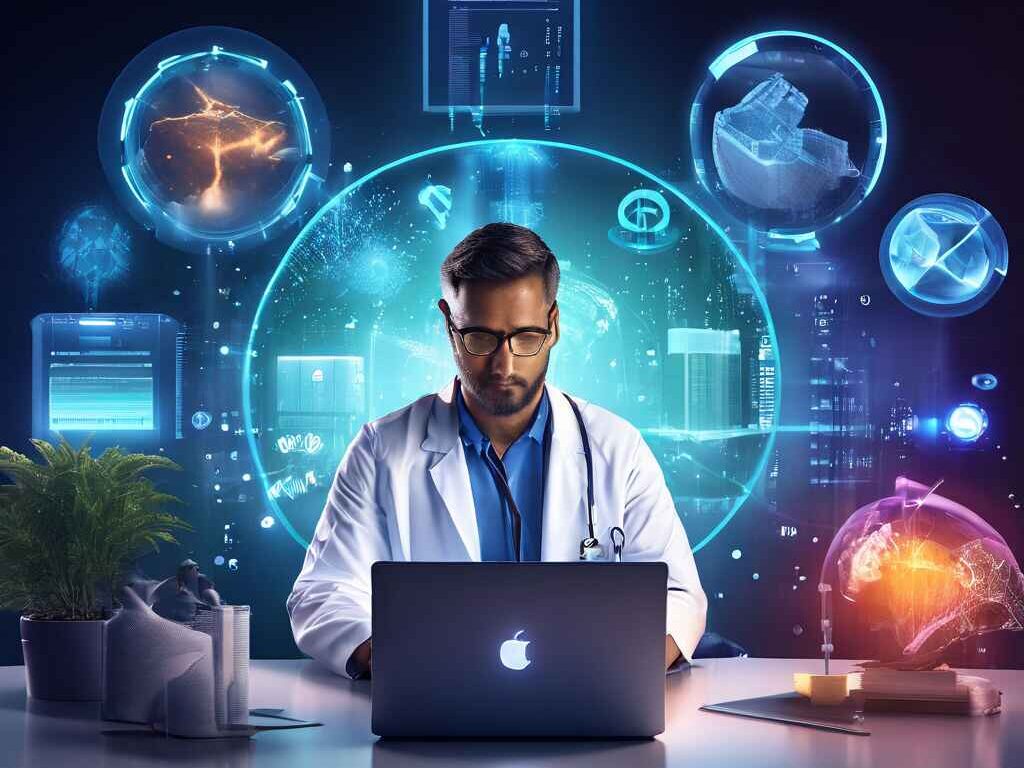
AI is enabling telehealth and remote consultations, improving access to healthcare services, especially in remote or underserved areas. AI-powered platforms can facilitate virtual consultations, symptom analysis, and remote monitoring of patients.
This reduces the need for in-person visits and ensures continuity of care, even in challenging circumstances.
Real-world examples:
- Teladoc Health uses AI to triage patients and connect them with licensed healthcare providers for virtual consultations.
- The Babylon Health app provides AI-powered remote consultations and triage services to patients in the UK.
14. Medical Scheduling and Workflow Optimization
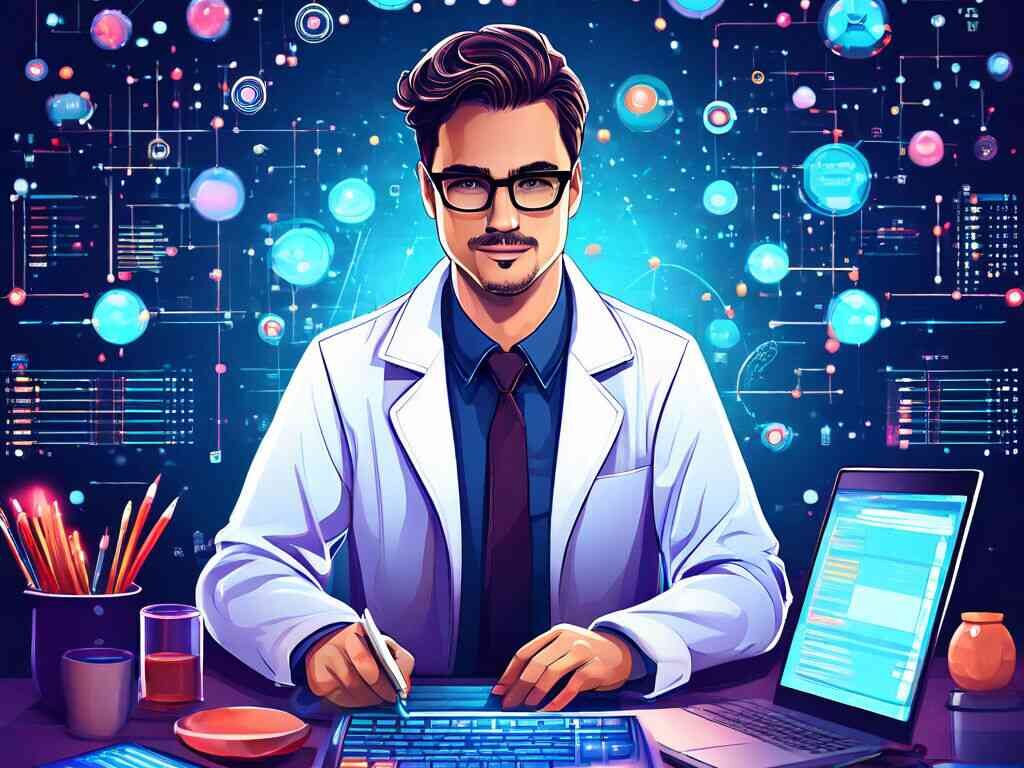
AI is being used to streamline medical scheduling and optimize healthcare workflows. These systems can analyze data, identify patterns, and suggest optimized schedules and processes to improve efficiency.
This reduces wait times, improves resource utilization, and enhances the overall patient experience.
Real-world examples:
- The AI-powered platform from KenSci uses machine learning to optimize staff scheduling and resource allocation in hospitals.
- Qventus’ AI solution helps healthcare organizations optimize patient flow, reduce bottlenecks, and improve operational efficiency.
15. Health Data Analytics and Population Health Management

AI is playing a crucial role in health data analytics and population health management. By analyzing large-scale health data from various sources, AI can identify trends, risk factors, and patterns related to public health.
This information can inform and improve public health initiatives, disease prevention programs, and resource allocation.
Real-world examples:
- The HealtheDataLab platform uses AI to analyze population health data and identify high-risk groups for targeted interventions.
- Researchers at the University of Pennsylvania used AI to analyze social media data and track the spread of infectious diseases.
Conclusion
In conclusion, AI applications in healthcare are transforming the industry, from medical imaging and drug development to personalized medicine and telehealth. These cutting-edge technologies improve diagnostic accuracy, accelerate research, and enhance patient outcomes. As AI continues to evolve, its potential to revolutionize healthcare delivery and improve global public health is immense. Staying informed about the latest advancements in AI applications in healthcare is crucial for embracing this transformative technology.


17 thoughts on “15 Common Real-World AI Applications in Healthcare”